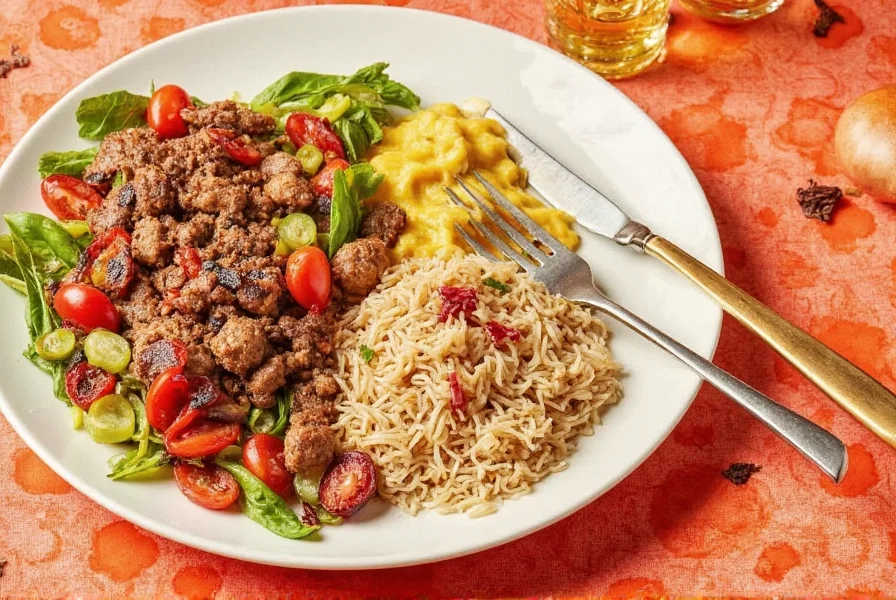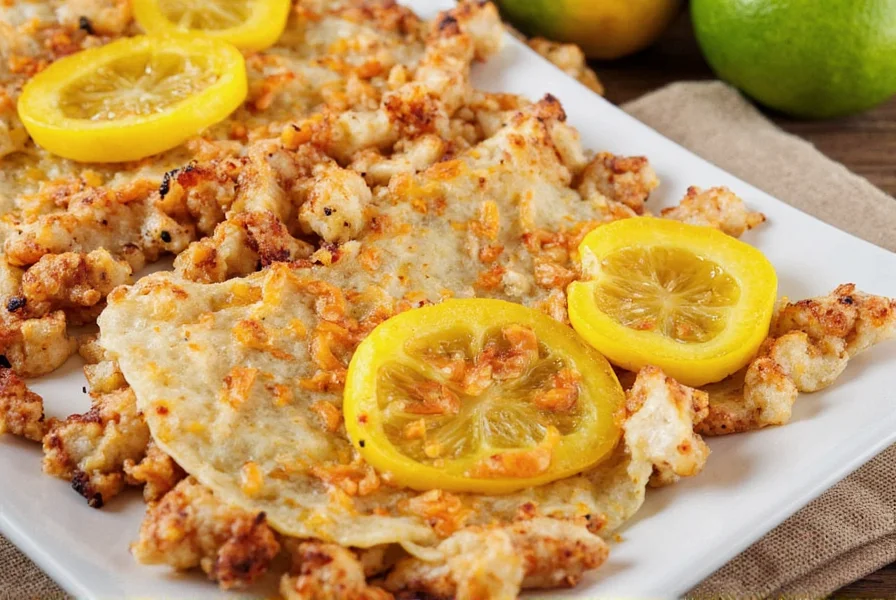Tangy Food: The Zesty Secret Behind Flavorful Dishes You Need to Know
Table of Contents
- Introduction: What Exactly is Tangy Food?
- The Science Behind Tanginess
- Popular Ingredients That Add Tanginess
- Top 10 Tips for Using Tangy Ingredients in Cooking
- How to Balance Tangy Flavors Like a Pro
- Tangy & Sweet: A Flavor Match Made in Heaven
- Buying Guide: Best Products for Tangy Lovers
- Conclusion
Introduction: What Exactly is Tangy Food?
If you’ve ever taken a bite of something that made your mouth pucker slightly, your cheeks hollow, and your taste buds sing—chances are you just experienced the magic of tangy food. From zesty citrus fruits to vinegary sauces and fermented wonders, tanginess is one of those flavors that can instantly elevate a dish from dull to dazzling.
But tangy isn’t just about sourness—it’s more nuanced than that. It brings brightness, contrast, and depth. Whether you’re drizzling lemon over grilled fish or biting into a pickled cucumber, that sharp, acidic kick has a purpose beyond just making your eyes water (though that does happen sometimes!).
The Science Behind Tanginess
So what actually makes a food tangy? At its core, tanginess is caused by acids. These can be naturally occurring or added during cooking. Here's a quick breakdown:
| Type of Acid | Examples | Flavor Profile |
|---|---|---|
| Citric Acid | Lemons, limes, oranges | Bright, sharp, refreshing |
| Acetic Acid | Vinegar (apple cider, white wine, balsamic) | Pungent, bold, slightly sweet depending on type |
| Lactic Acid | Yogurt, kefir, sauerkraut | Creamy tang with a mild sourness |
| Malic Acid | Apples, cherries, some candies | Dryer, fruitier tang |
The presence of acid stimulates the taste buds responsible for detecting sour flavors. This activates saliva production and increases appetite—a reason many cultures start meals with something tangy like lemon tea or pickled veggies.
Popular Ingredients That Add Tanginess
Let’s dive into some common—and not-so-common—tangy ingredients you can use to boost flavor in your dishes:
- Lemons & Limes: Citrus royalty when it comes to brightening up any dish.
- Vinegars: From apple cider to rice vinegar, each adds a unique zing.
- Lacto-Fermented Foods: Think kimchi, sauerkraut, yogurt, and even sourdough bread.
- Tamarind: Common in Southeast Asian and Indian cuisines, this pulp adds a sweet-tart kick.
- Lime Juice Powder: A great pantry staple for adding instant tang without moisture.
- Sour Candies: Yes, they count! They're loaded with food-grade acids like citric and malic acid.

Top 10 Tips for Using Tangy Ingredients in Cooking
- Add at the End: Acids can mellow out during long cooking. For maximum impact, add citrus juice or vinegar near the end of cooking.
- Balance with Fat: Creamy textures help smooth out tartness. Try a dollop of Greek yogurt in a spicy curry.
- Don’t Overdo It: Start small—you can always add more. Too much acidity can overpower other flavors.
- Pick the Right Vinegar: White wine vinegar is more delicate; balsamic adds sweetness too.
- Use as a Marinade: Acid helps tenderize proteins. Marinate chicken in lemon juice and olive oil for a juicy finish.
- Enhance Salads: A splash of apple cider vinegar perks up leafy greens and roasted vegetables alike.
- Boost Desserts: Lemon curd, key lime pie, and grapefruit sorbets all rely on tanginess for contrast.
- Experiment with Fermentation: Homemade pickles, kimchi, and kombucha offer complex tangy layers.
- Pair with Spicy Dishes: The cooling effect of tanginess balances heat beautifully in salsas, hot sauces, and curries.
- Create Signature Sauces: Combine tangy elements like tamarind paste, lime juice, and chili for unforgettable dipping sauces.

How to Balance Tangy Flavors Like a Pro
Mastering tanginess is all about balance. Here’s a quick cheat sheet to ensure your tangy creations don’t become overwhelming:
| If Your Dish Is Too Tangy... | Try Adding... |
|---|---|
| Too much lemon juice in your dressing | A spoonful of honey or maple syrup |
| Overly acidic tomato sauce | A pinch of sugar or a splash of cream |
| Too much vinegar in a stir-fry | Some neutral grains like rice or quinoa |
Remember: the goal is harmony, not battle. Tangy should enhance, not dominate.
Tangy & Sweet: A Flavor Match Made in Heaven
One of the most delightful culinary combinations is tangy + sweet. Here’s why it works so well:
- Contrast Creates Interest: Sweetness softens sourness, and vice versa. Think key lime pie or a mango-lime smoothie.
- Natural Pairings: Many fruits have both qualities—like strawberries, pineapple, and plums.
- Texture Play: Crisp apples dipped in creamy yogurt? Yes, please!
Try These Sweet-Tangy Combos:
- Orange segments + mint + honey
- Passionfruit + coconut yogurt
- Pickled watermelon rind + chili salt
- Blueberry + lemon + mascarpone
Buying Guide: Best Products for Tangy Lovers
If you're looking to stock your kitchen with tangy essentials, here are some top picks—whether you're a pro chef or an adventurous home cook.
1. Meyer Lemon Puree – Perfect for Brightening Dishes
- Features: Smooth puree made from fresh Meyer lemons
- Advantages: No seeds, no prep, consistent flavor
- Best For: Baking, sauces, cocktails
- Recommended Use: Swirl into yogurt or glaze over roasted vegetables
2. Tamarind Paste (Concentrated) – Adds Depth to Sauces and Curries
- Features: Thick, dark paste with intense flavor
- Advantages: Long shelf life, potent taste
- Best For: Thai, Indian, and Mexican dishes
- Recommended Use: Mix into pad thai sauce or barbecue glazes
3. Apple Cider Vinegar Gummies – A Trendy Way to Get Your Daily Acid Fix
- Features: Sour gummy candies infused with ACV
- Advantages: Portable, tasty, functional
- Best For: Snackers who love tangy treats
- Recommended Use: Post-meal palate cleanser or energy booster
4. Szechuan Pickling Spice Mix – Fermentation Enthusiasts’ Dream
- Features: Blend of garlic, chili, ginger, and spices
- Advantages: Ready-to-use, ideal for DIY fermentation
- Best For: Making homemade pickles and kimchi
- Recommended Use: Brine cucumbers or radishes in just days
5. Lime Juice Powder – Shelf-Stable Tanginess in a Jar
- Features: Dehydrated lime juice crystals
- Advantages: Light, long-lasting, versatile
- Best For: Travelers, campers, or quick meal prep
- Recommended Use: Sprinkle over tacos or mix into dry rubs
Conclusion
Tangy food isn’t just about puckering your lips—it’s about enhancing flavor, awakening the palate, and creating memorable meals. Whether you're reaching for a bottle of vinegar, squeezing fresh lime, or fermenting your own pickles, incorporating tanginess into your cooking can open up a whole new dimension of taste.
From science to shopping, we hope this guide gave you a solid foundation to experiment with confidence. So go ahead—get zesty, get bold, and let your taste buds dance with delight!










 浙公网安备
33010002000092号
浙公网安备
33010002000092号 浙B2-20120091-4
浙B2-20120091-4